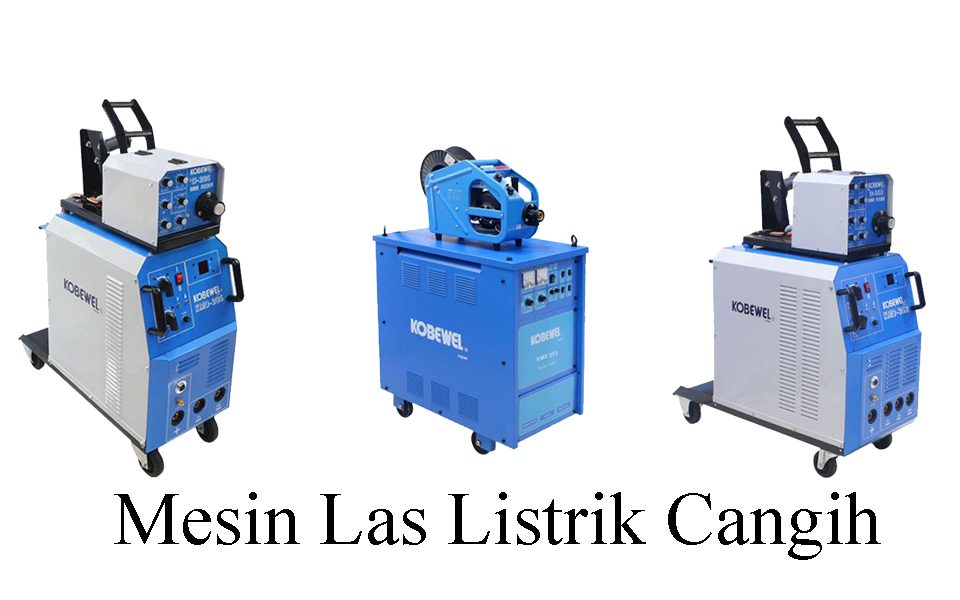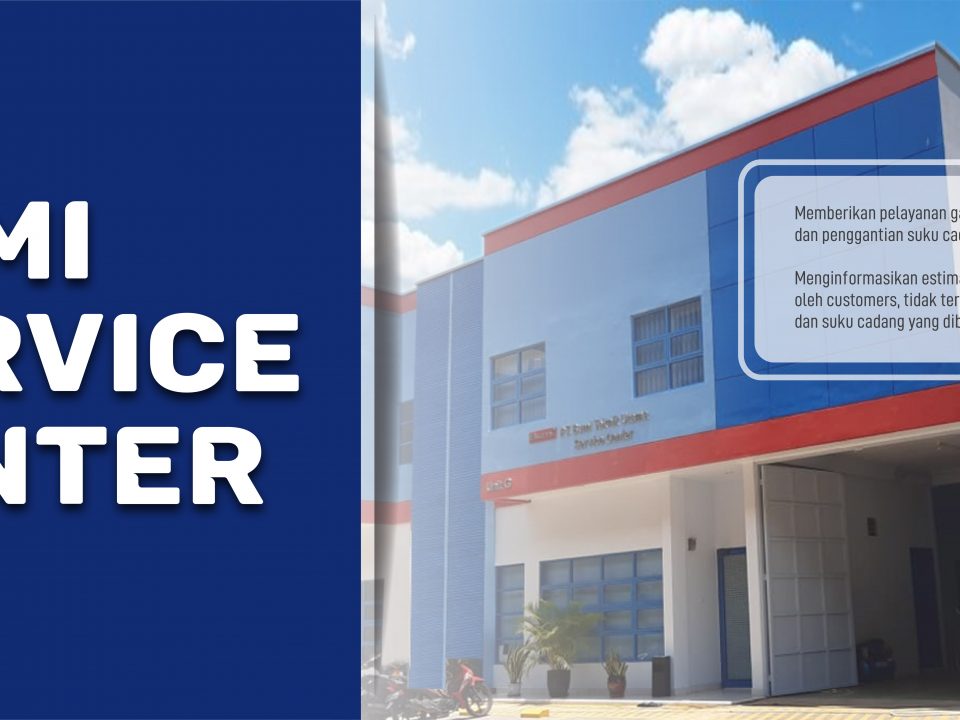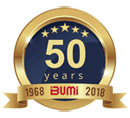[pdf-embedder url=”https://www.bumi.info/wp-content/uploads/securepdfs/2020/02/Gouging.pdf”]
[pdf-embedder url=”https://www.bumi.info/wp-content/uploads/securepdfs/2020/02/Gouging.pdf”]
Thermal Gouging
Thermal gouging is an essential part of welding fabrication. Used for rapid removal of unwanted metal, the material is locally heated and molten metal ejected – usually by blowing it away. Normal oxyfuel gas or arc processes can be used to produce rapid melting and metal removal. However, to produce a groove of specific dimensions, particularly regarding depth and width, the welder must exercise careful control of the gouging operation. If this does not happen, an erratic and badly-serrated groove will result.
Thermal processes, operations and metals which may be gouged or otherwise shaped:
| Process Operation | |||
| Thermal process | Primary | Secondary | Metals |
| Oxyfuel gas flame | Gouging | Grooving Washing Chamfering | Low carbon steels, carbon manganese steels (structural), pressure vessel steels (carbon not over 0.35%), low alloy steels (less than 5%Cr) cast iron (if preheated to 400-450 deg.C) |
| Manual metal arc | Gouging | Grooving Chamfering | Low carbon steels carbon manganese steels (structural), pressure vessel steels, low alloy steels, stainless steels, cast iron, nickel-based alloys |
| Air carbon arc | Gouging | Grooving Chamfering | Low carbon steels carbon manganese steels (structural), pressure vessel steels, low and high al- loy steels, cast iron, nickel-based alloys, copper and copper alloys, copper/nickel alloys, aluminium |
| Plasma arc | Gouging | Chamfering Grooving Washing | Aluminium, stainless steels |
Note: All processes are capable of cutting/severing operations. Preheat may or may not be required on some metals prior to gouging
Safety
It should be emphasised that because gouging relies on molten metal being forcibly ejected, often over quite large distances, the welder must take appropriate precau- tions to protect himself, other workers and his equipment. Sensible precautions in- clude protective clothing for the welder, shielding inside a specially-enclosed booth or screens, adequate fume extraction, and removal of all combustible material from the immediate area.
Industrial applications
Thermal gouging was developed primarily for removal of metal from the reverse side of welded joints, removal of tack welds, temporary welds, and weld imperfections. Figure 1 illustrates the value of typical back-gouging applications carried out on arc welded joints., while Fig. 2 shows imperfection removal in preparation for weld repair.



Fig.1 Typical back-gouging applications carried out on arc welded joints



Fig. 2 Imperfection removal in preparation for weld repair
The gouging process has proved to be so successful that it is used for a wide spec- trum of applications in engineering industries :
- repair and maintenance of structures – bridges, earth-moving equipment, mining machinery, railway rolling stock, ships, offshore rigs, piping and storage tanks
- removal of cracks and imperfections – blow holes and sand traps in both ferrous and non-ferrous forgings and castings
- preparation of plate edges for welding
- removal of surplus metal – strongbacks, lifting lugs and riser pads and fins on castings, excess weld bead profiles, temporary backing strips, rivet washing and shaping operations demolition of welded and unwelded structures – site work.
Thermal gouging is also suitable for efficient removal of temporary welded attachments such as brackets, strongbacks, lifting lugs and redundant tack welds, during various stages of fabrication and construction work.
Gouging processes
Gouging operations can be carried out using the following thermal processes:
- oxyfuel gas flame
- manual metal arc
- air carbon arc
- plasma arc
Thermal Gouging
Thermal gouging is an essential part of welding fabrication. Used for rapid removal of unwanted metal, the material is locally heated and molten metal ejected – usually by blowing it away. Normal oxyfuel gas or arc processes can be used to produce rapid melting and metal removal. However, to produce a groove of specific dimensions, particularly regarding depth and width, the welder must exercise careful control of the gouging operation. If this does not happen, an erratic and badly-serrated groove will result.
Thermal processes, operations and metals which may be gouged or otherwise shaped:
| Process Operation | |||
| Thermal process | Primary | Secondary | Metals |
| Oxyfuel gas flame | Gouging | Grooving Washing Chamfering | Low carbon steels, carbon manganese steels (structural), pressure vessel steels (carbon not over 0.35%), low alloy steels (less than 5%Cr) cast iron (if preheated to 400-450 deg.C) |
| Manual metal arc | Gouging | Grooving Chamfering | Low carbon steels carbon manganese steels (structural), pressure vessel steels, low alloy steels, stainless steels, cast iron, nickel-based alloys |
| Air carbon arc | Gouging | Grooving Chamfering | Low carbon steels carbon manganese steels (structural), pressure vessel steels, low and high al- loy steels, cast iron, nickel-based alloys, copper and copper alloys, copper/nickel alloys, aluminium |
| Plasma arc | Gouging | Chamfering Grooving Washing | Aluminium, stainless steels |
Note: All processes are capable of cutting/severing operations. Preheat may or may not be required on some metals prior to gouging
Safety
It should be emphasised that because gouging relies on molten metal being forcibly ejected, often over quite large distances, the welder must take appropriate precau- tions to protect himself, other workers and his equipment. Sensible precautions in- clude protective clothing for the welder, shielding inside a specially-enclosed booth or screens, adequate fume extraction, and removal of all combustible material from the immediate area.
Industrial applications
Thermal gouging was developed primarily for removal of metal from the reverse side of welded joints, removal of tack welds, temporary welds, and weld imperfections. Figure 1 illustrates the value of typical back-gouging applications carried out on arc welded joints., while Fig. 2 shows imperfection removal in preparation for weld repair.



Fig.1 Typical back-gouging applications carried out on arc welded joints



Fig. 2 Imperfection removal in preparation for weld repair
The gouging process has proved to be so successful that it is used for a wide spec- trum of applications in engineering industries :
- repair and maintenance of structures – bridges, earth-moving equipment, mining machinery, railway rolling stock, ships, offshore rigs, piping and storage tanks
- removal of cracks and imperfections – blow holes and sand traps in both ferrous and non-ferrous forgings and castings
- preparation of plate edges for welding
- removal of surplus metal – strongbacks, lifting lugs and riser pads and fins on castings, excess weld bead profiles, temporary backing strips, rivet washing and shaping operations demolition of welded and unwelded structures – site work.
Thermal gouging is also suitable for efficient removal of temporary welded attachments such as brackets, strongbacks, lifting lugs and redundant tack welds, during various stages of fabrication and construction work.
Gouging processes
Gouging operations can be carried out using the following thermal processes:
- oxyfuel gas flame
- manual metal arc
- air carbon arc
- plasma arc




